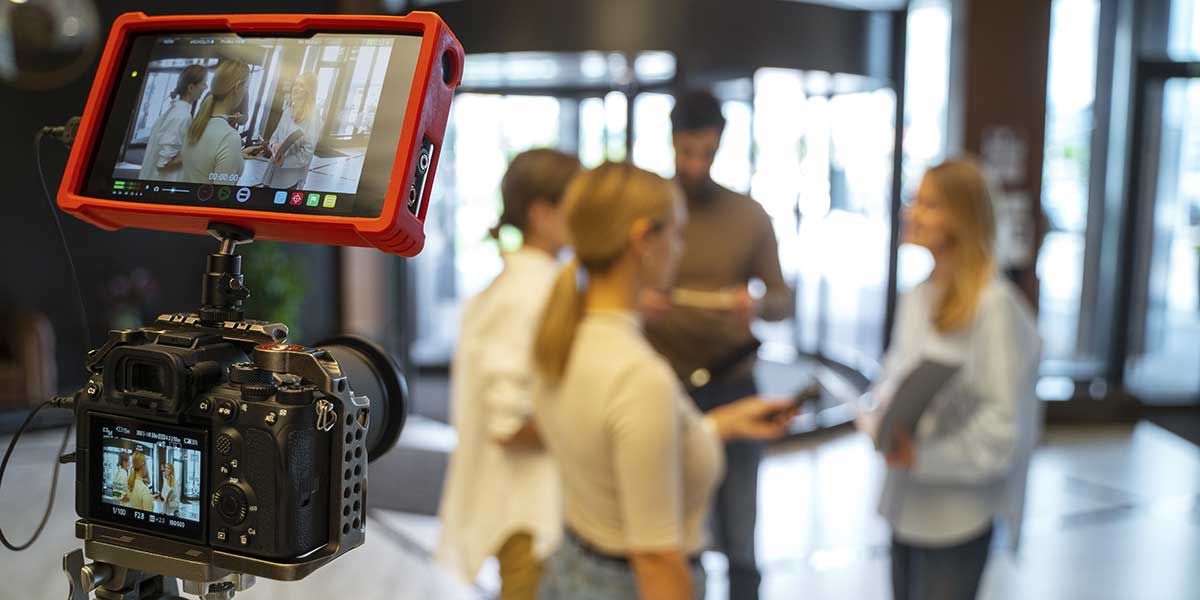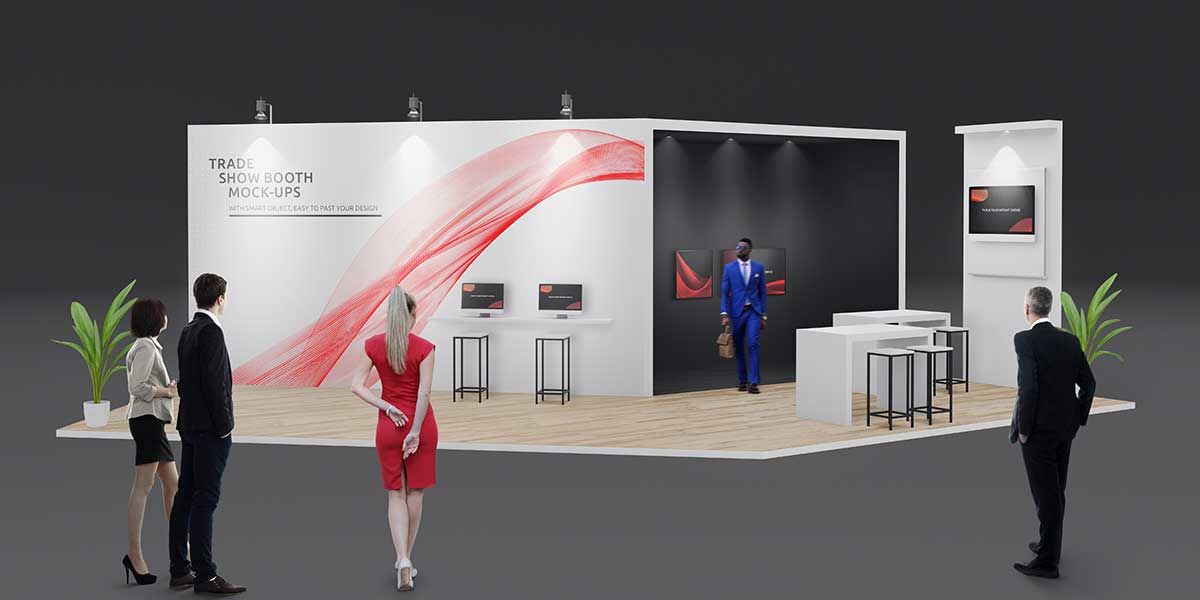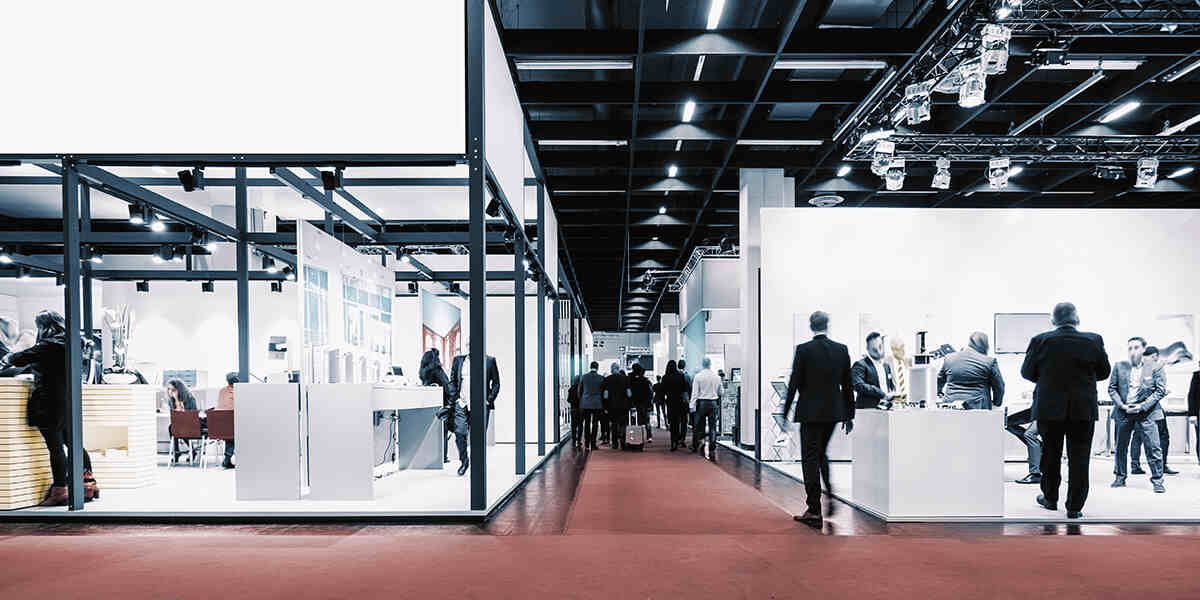Five Ways To Get Media Attention During a Trade Show
Are you unsure of how to get media attention during a trade show? If so, you’re not alone. Networking and navigating social media to garner attention from targeted audiences takes finesse and marketing know-how.
We at Oser Communications Group know how challenging marketing trade shows can be, especially for first-time attendees. If you’re looking for ways to bring media attention to your booth, consider these five tactics.
1. Get Journalists Interested in Your Offerings Before the Show
The last thing you want to do is wait until the day of the trade show to invite journalists, social media influencers, and others to visit your booth. Since many trade show participants delay their invitations and queries, members of the press often get numerous emails at the last minute.
You want your invitations to stand out. The best way to do that is to introduce your brand and product at least two months before the show via email, participation in a digital event, or media outreach. Provide consistent updates about the show on social media to amplify your presence and make your brand memorable.
2. Launch a Social Media Campaign To Tease the Show
One of the best trade show ideas for getting press attention is to launch a teaser campaign online to showcase products. Create a video demonstration to display your expertise or anticipated product launches.
A high-quality teaser will help you attract attention from targeted groups online by generating curiosity about your brand. Don’t forget to include details about the trade show to encourage viewers to see your offerings up close and personal.
3. Hold Interactive Contests
Everybody loves a good, friendly competition, especially if they can win prizes at the end. Before the trade show date, design a contest with a theme relating to your business. Make the theme engaging, and ensure you create clear entry rules for participants to minimize confusion.
The goal is to have people interact directly with your brand. You can do this by hosting a quiz or design contest that centers around your business’s products and offerings. This option is a great way to reach target audiences and get people talking about your business.
4. Keep Track of All Appointments
Part of learning how to get media attention during a trade show is knowing how to track and keep the appointments you make. People will accept your invitations so you want to include a calendar link to a booking platform in your correspondence to streamline the process for invitees.
5. Show Something New
New, innovative products, technologies, and solutions tend to get the most media traction. If you want to have a strong presence at your next trade show, have a one-of-a-kind offering to showcase.
Elevate Your Next Trade Show Event With Help From the Professionals
Learning how to get media attention during a trade show might seem daunting at first. However, it’s a skill you must master if you want plenty of press coverage at your booth during a product launch.
If you need help garnering positive attention or trade show marketing tips, contact Oser Communications Group at (520) 721-1300.


